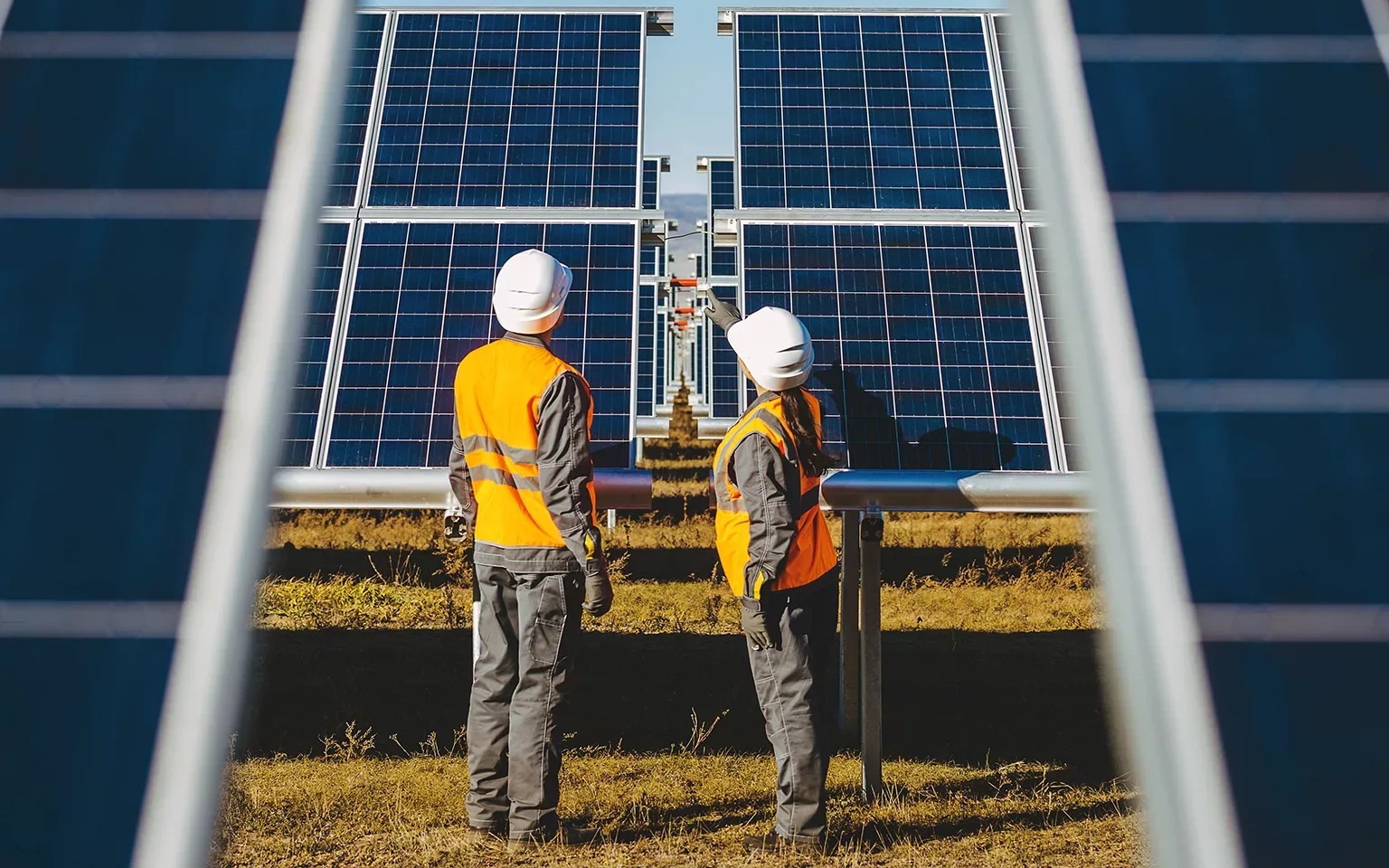- SPOTLIGHT ON SOLAR PV IN SOUTH AFRICA
- Q&A WITH RETHABILE MELAMU, CEO, SOUTH AFRICAN PHOTOVOLTAIC INDUSTRY ASSOCIATION
- Firstly, could you talk us through the association’s origins and vision?
- What is your current take on the solar PV industry in SA?
- What opportunities does solar PV offer to SA, and how are your members capitalising on them?
- Could you outline some of SAPVIA’s key achievements in the last decade?
- Are there are any other initiatives or projects SAPVIA is involved in for 2023 that you would like to highlight?
- How do you see the industry developing over the coming years?
- Finally, what are SAPVIA’s key priorities in order to deliver a solar PV powered future for SA?
- SOUTH AFRICAN PHOTOVOLTAIC INDUSTRY ASSOCIATION PARTNERS
SPOTLIGHT ON SOLAR PV IN SOUTH AFRICA
The current electricity sector structure and energy mix in SA presents an opportunity for reform, particularly for increasing the share of renewables. SA’s targeted energy mix by 2030, as per the Integrated Resource Plan (IRP), comprises an installed solar PV capacity of more than 8,000 megawatts (MW), accounting for just shy of 11 percent of the total energy mix.
This reflects the bold declaration of intent by SA to develop scalable, reliable and sustainable energy solutions to achieve universal electricity access by the end of the decade, supporting the much-needed sustainable socio-economic development of the country.
Solar PV can help to diversify the electricity mix in SA, produce distributed generation and provide off-grid electricity. In addition to helping the national power grid, solar PV can bring power to many rural homes that aren’t connected to the mains.
Such renewable technologies also have enormous potential to create new industries, jobs, and localisation across the value chain.
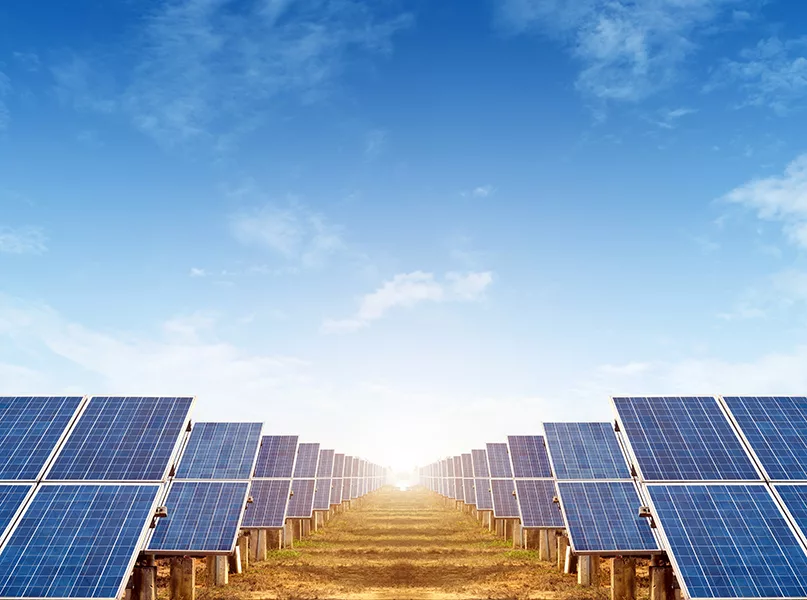
Q&A WITH RETHABILE MELAMU, CEO, SOUTH AFRICAN PHOTOVOLTAIC INDUSTRY ASSOCIATION
Firstly, could you talk us through the association’s origins and vision?
What is your current take on the solar PV industry in SA?
We’ve also seen businesses looking to solar to deal with their energy security challenges. Typically, the solar PV industry in SA is not just viewed as a nice-to-have climate mitigation technology. It’s about making sure when people don’t have power, which is currently anything from two to 12 hours a day because of load-shedding, that they are still able to carry out their everyday activities at a household level, and businesses are also able to continue to operate.
I think the energy crisis, and the electricity crisis specifically, is dire, but we have seen solar PV uptake increase as the price of renewable electricity has come down quite significantly over time. In other ways, it’s challenging in that we have recently discovered that we have limited grid capacity in high renewable energy resource areas.
The Northern Cape province has the best solar resources in the country, and most renewable energy or solar PV developers prefer their projects in that region. However, despite the great resources in that area, the grid infrastructure was only designed to move electricity from the Mpumalanga province to the Western Cape, and wasn’t designed to connect the additional capacity that is being developed.
What has happened in the past year or so is that SA’s national utility, Eskom, is unable to offer independent power producers or project developers access to the grid because it’s oversubscribed. It takes eight or 10 years to build grid infrastructure, so that is one of the main challenges that we are facing. In the short term, a combination of wind, solar and storage technologies can offer a reprieve, however, an urgent grid infrastructure build programme is required.
Be that as it may, the growth in the domestic, commercial and industrial market segment has really skyrocketed in the past couple of years.
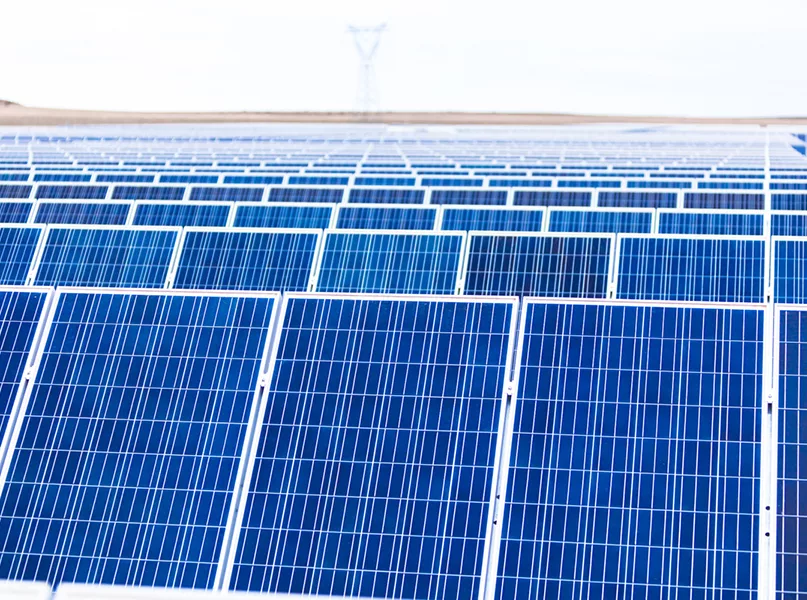
What opportunities does solar PV offer to SA, and how are your members capitalising on them?
RM: One of the positive things that the government introduced in the past couple of years was lifting the need for private projects to be licenced.
Previously, if you were developing a project above 1MW, you were required by law to get a licence with the National Energy Regulator of South Africa (NERSA). However, due to our current electricity crisis, the government initially lifted the need to get a licence to 10MW, then a couple of months later that cap was pushed to 100MW.
Last year, the cap was removed altogether, which means if a private developer has identified a piece of land and an end user to sell the electricity to, all they need to do is register their project with NERSA instead of going through a longer licensing process. However, developers are still expected to get all the other necessary licences and requirements.
That has opened up the private utility market, which was previously driven by public sector procurement. Policies and regulations in the South African electricity and energy sector are drafted and developed by the Department of Mineral Resources and Energy (DMRE). The department’s Integrated Resource Plan (IRP) is committed to procuring about 17 gigawatts (GW) of power from renewable energy sources.
Because the government couldn’t afford to invest in that capacity on its own, it decided to use a tender process and established the Independent Power Producer Office (IPPO), which was mandated to procure renewable energy on behalf of DMRE. The first bid window was issued in 2011, the sixth bid window has just closed, and there are now plans to open up a seventh window.
In parallel, there are other bid windows that IPPO has issued, including what they call risk mitigation when demand outstrips the supply of electricity. To date, through the government’s tender process, about 2.4GW of utility-scale solar PV power has been installed and there is about 3GW under construction.
In terms of private market growth, we saw SA install 1GW of solar PV capacity for the first time in 2022, but since the lifting of the licence cap we have seen about 4GW of solar PV projects registered with NERSA. Over half of those registered projects were in the first quarter of 2023, so most of them haven’t been developed yet, but they have sufficient resources to meet the criteria that NERSA requires for projects to be registered.
The government has done a really good job in enabling the sector, and the private market is taking off a lot quicker than the public market. The Minerals Council of South Africa estimates that their members will be installing about 9GW of solar PV or renewable energy capacity in the next couple of years, and we’ve also seen a lot of interest from telecommunication companies.
Could you outline some of SAPVIA’s key achievements in the last decade?
RM: We’ve contributed quite significantly in lobbying the government to change the regulations. The removal of the licence cap is our greatest achievement, which came from consistent lobbying and engagement with government.
SAPVIA has also been at the forefront of ensuring quality installations for small to medium-sized businesses in the sector. In collaboration with BSW and with the support of other players in the country such as GreenCape, we put together the PV GreenCard initiative to address opportunistic behaviour in the sector which was leading to shoddy installations.
To date, the country still does not have standards for solar PV installations. The initiative comprises skills development and proper documentation, focused on upskilling electricians already registered with government in solar PV design, installation and mounting.
This is based on a nationally approved qualification, which is used as a framework for training. It’s a very condensed five-day module that was designed to be delivered over the period of a year and a half, but typically those who undertake skills development have had prior exposure to the trade. Once an individual, ideally an electrician, has undertaken this additional training, they can apply for their company to be registered on the PV GreenCard database as a vetted installer.
PV GreenCard is a credible platform that end users, banks, and even some government departments use to establish how competent an installer is or how experienced they are.
The other element of PV GreenCard was to have an as-built report for the direct current (DC) side of the installation, not just the alternating current (AC) side which requires a Certificate of Compliance (CoC) by law, which electricians are able to issue so that the client knows what kind of components were utilised and whether the installer is actually compliant with local government regulations.
Since PV GreenCard launched in 2017, we have registered 400 small to medium-sized companies. We are by no means the only entity that plays in the space, but we are the most recognised brand. We think the initiative is a very strategic intervention, and it’s growing in leaps and bounds. It’s not without its shortcomings, but we are working on these as we go along.
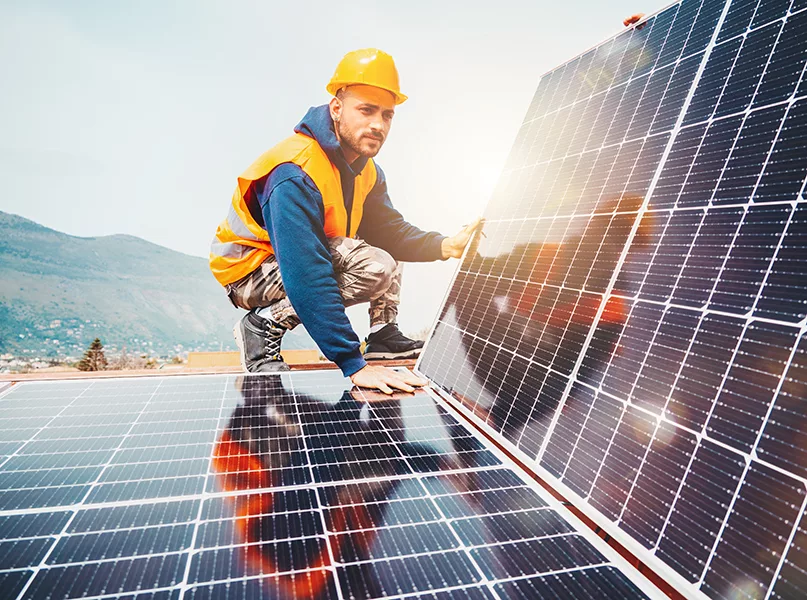
Are there are any other initiatives or projects SAPVIA is involved in for 2023 that you would like to highlight?
RM: One of the challenges in SA is a lack of data around installed capacity. Most of what we use is based on data that we get from members, municipalities or other entities involved in the solar PV space. We don’t want to get to a point where our sector is seen to compromise the integrity and stability of the network.
That’s why it has been important for us to establish exactly what the installed capacity is per area, per municipality, per local government, and per province. One of the big projects that we are embarking on this year is to use artificial intelligence (AI), machine learning (ML) and geographic information system (GIS) technology to know the exact installed capacity in the country. The project is quite advanced and we’re hoping to launch it in the next couple of months, which will be of interest to members who are looking to put together some market intelligence or an expansion strategy.
We also believe having this data published on a regular basis will inspire confidence to invest into the market, and we’re increasingly publishing credible research documents to inform policy. Our latest report is on the manufacturing potential of the entire solar PV value chain, which was concluded late last year and presented to stakeholders earlier this year.
We also have a project with SolarPower Europe looking at whether there are opportunities for its members to establish facilities in SA, and whether there is scope for any supply chain integration. Through this initiative with SolarPower Europe, we’re trying to establish how to go about the localisation of some components.
Last but not least, in the private sector, we are seeing that most players do not understand power purchase agreements (PPAs). Again, we are working with SolarPower Europe based on its RE-Source initiative where it brings renewable energy producers and users together on a very well-facilitated platform.
PPAs are still new, they take a very long time and there is no standardisation – not that one PPA should look exactly like the other – but those are fundamentals that could be streamlined. We also really want to continue supporting the PV GreenCard, increase its influence and make sure that it’s credible. That’s why we are focusing on administrative efficiencies and more oversight over our partners who offer training, and ensuring that the documentation for the systems is done properly.
On the other hand, we’re making sure that the growing private market is not stalled by a lack of understanding on how to arrange and put projects together. Eskom administers access to the grid, and the rules for accessing the grid are not clearly understood, so there is a very coordinated effort with other industry associations to make sure our members have access to this limited resource and that the rules for accessing it are clear. I think the next challenge that SA will face is the grid; if this isn’t addressed, it might not achieve its generation goals.
How do you see the industry developing over the coming years?
RM: There is a huge need for more skills development initiatives and a longer-term view on skills that are required for the sector. That will be critical to determine how fast we move.
For a country with such a high level of employment, we wouldn’t want to get to a point where SA is importing skills when we can upskill existing competencies to be able to operate in the space. This is definitely an area that is likely to get a lot of attention.
Issues of equity are also very important in SA. Not only is there a need for our sector to contribute to energy security, but it is very much central to the economic development agenda of SA, because energy is inherently an enabler. It presents an opportunity to create jobs and contribute meaningfully to the country’s tax base, and we want to get to a point where solar is prevalent to address the very fundamental challenges that SA faces.
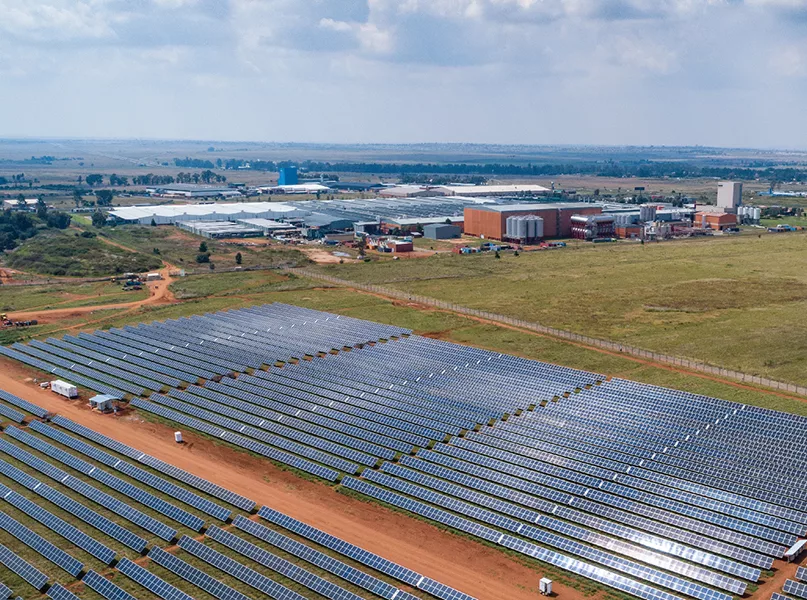
Finally, what are SAPVIA’s key priorities in order to deliver a solar PV powered future for SA?
RM: To ensure that our activities shape and influence regulations and policy in the country. We do this through deliberate advocacy and lobbying work, which could be developing research documents or commenting on regulations that come out. We ensure that we’re part of the conversation and that we present the interests of our members.
Advocacy and lobbying in its various forms are an important part of our work, but we also believe that for the sector to grow, it’s important to inform and educate our members. We are involved in very deliberate communication drives where we inform the public on what an acceptable installation looks like, where to find credible installers, and we contribute to training those installers.
We are very conscious about educating not just our members, but broader stakeholders through publications, commentary on regulations and policies, and diplomatically critiquing the various spheres of government (national, provincial, local) as and when it’s required.
However, we can’t do that on our own, so as an association we depend a lot on partnerships. We partner closely with the South African government and have strong relationships with other local industry bodies, events companies, media houses and so on.
Aware that our technology will touch almost everyone in the future, we’re very deliberate about our partnerships. These are not confined to SA, as we have started engaging with other industry associations in Africa. Since I joined SAPVIA, we have reached out to about eight industry bodies across the continent to collaborate, leverage each other’s strengths and share best practices. Some of our global relationships with the likes of BSW and SolarPower Europe have grown over the years.
Lastly, we promote usage of solar PV in the private and public sectors. Sometimes the public sector tends to focus on developing policies without necessarily being at the forefront of technology adoption itself, whereas the private sector has really embraced the technology. It’s about ensuring energy security at all costs.
SOUTH AFRICAN PHOTOVOLTAIC INDUSTRY ASSOCIATION PARTNERS




